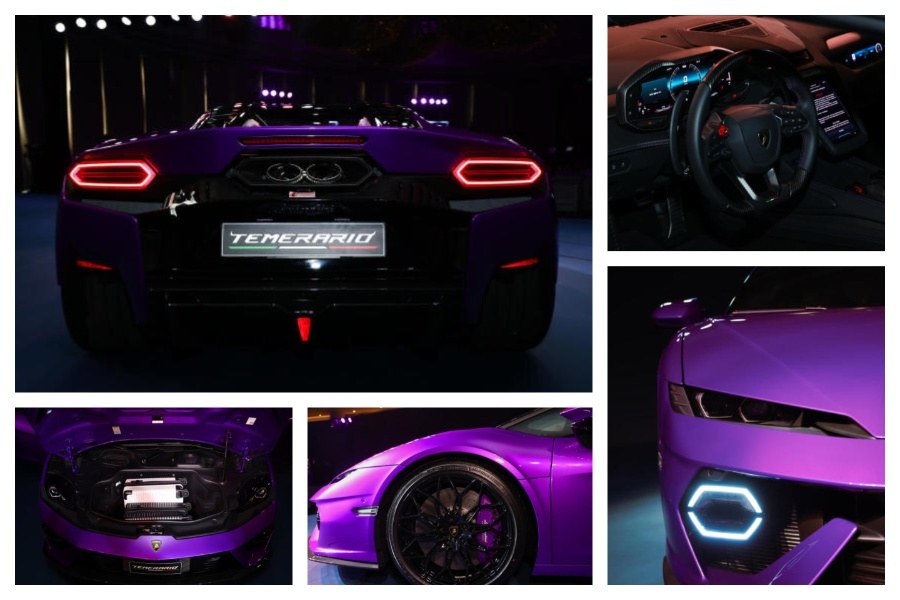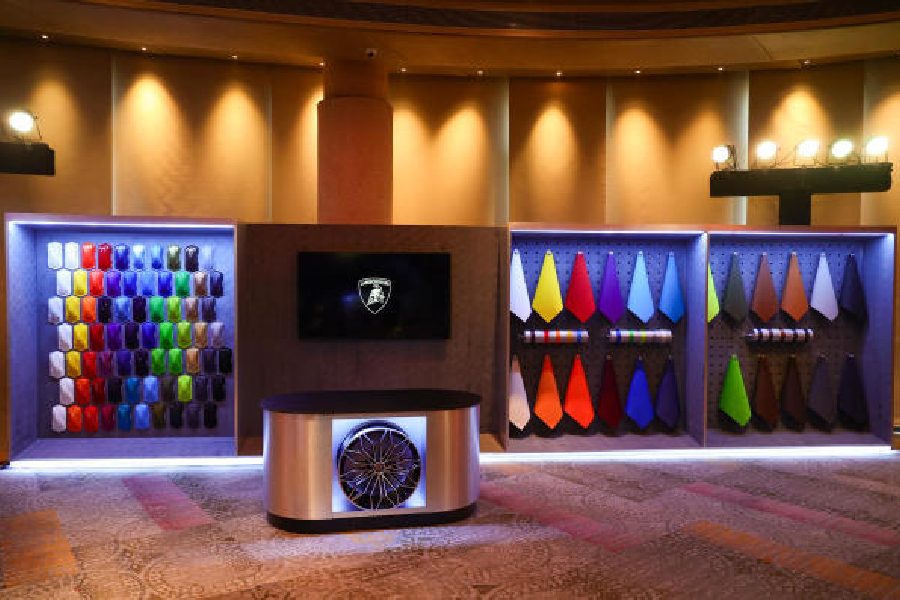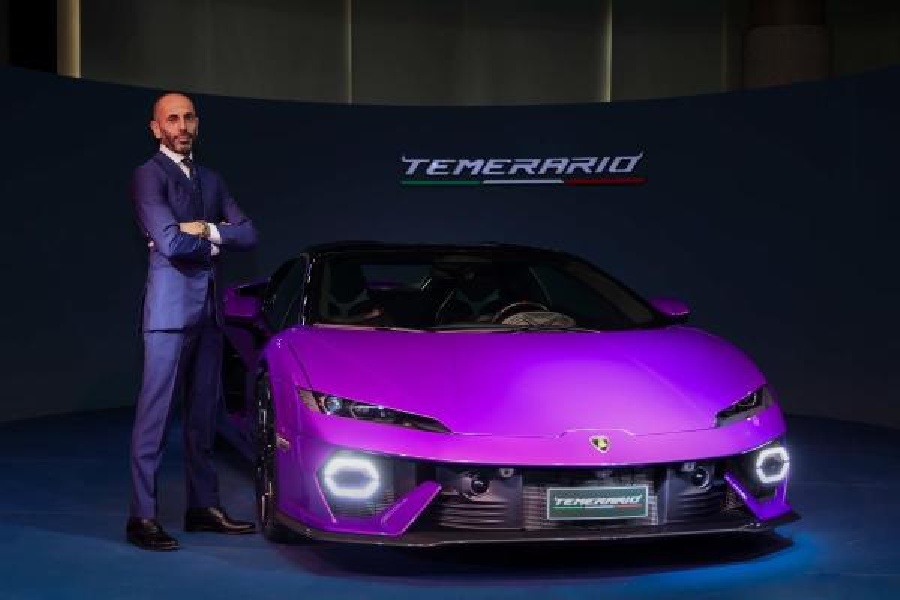Lamborghini Automobili has rolled out is entry level model, the Temerario, starting at ₹6 crore at the showroom. This car has replaced the Huracan, which had a very successful 10-year production run in its various variants. The replacement interval is quite normal for Lamborghini, which doesn’t change models very often and relies mostly on variants as well as special models to keep the buzz around its cars up.

A closer look at the car from different angles
The Temerario, which in Lamborghini tradition is also named after a fighting bull, is however, a very different beast compared with its predecessor, the Huracan, or the Gallardo before that, in that it is a hybrid vehicle that comes with a twin-turbocharged petrol engine coupled with three electric motors. With this, Lamborghini has completed the hybridisation of its entire fleet. It started with putting in a hybrid powertrain in the V12 Revuelto in 2023, moving to a V8 hybrid for the Urus SE the following year and, again a V8 hybrid in the Temerario a few months down the line.
So, making a big break from the past, Lamborghini has not only added electric motors to its vehicles in the last couple of years, it has breaking from its tradition of naturally aspirated engines and bolted on a pair of turbochargers to the engines of the Urus and the Temerario. These are manifestations of its longer game plan. To understand what the company is trying to achieve, one needs to look at the backdrop against which the changes have come.
It has become quite a challenge for makers of powerful cars and SUVs, essentially any passenger vehicle (not buses though) that has a big internal combustion engine (ICE), to meet the ever-tightening emission norms and for the makers to stay on the right side of the carbon emission police. For them, in many cases the story has extended far beyond the cars they make — to reducing the emissions during the manufacturing process and otherwise and increasing the use of recyclable materials, among others.

Each car can be customised with buyers getting a wide array of paint and interior finishes to choose from
But its cars are Lamborghini’s reason for being and it has been trying to transition its customers to whom, till a couple of years ago, Lamborghini was synonymous with barking, screaming, naturally-aspirated, fire-breathing V12s and V10s the company was using to power its supercars and SUV. They had to be convinced to go easier on the planet with smaller ICE engines coupled with electric power. The eventual destination is probably the production version of the all-electric Lanzador concept that was first shown in 2023. It’s expected to hit the road in 2028. And then, by 2030, the supercar maker is trying to get its fleet emissions down to just 20 per cent of what they were around 2022. That’s a tight transition schedule.
And that’s a bit of a tightrope walk for this company in particular. To continue giving its customers the signature Lamborghini experience and hold on to its customers, it not only has to have the bite, but also its signature bark, which is tough enough with smaller ICE engines and even more difficult with purely electric powertrains. So, it is going all out to retain the Lamborghini sound. Check out the following paragraphs from the press note for the Temerario that devotes and entire section to ‘Engine Sound’.
“Lamborghini has also designed a completely different soundscape for the different driving modes Citta, Strada, Sport and Corsa. In Citta mode, Lamborghini offers a high level of comfort with a special sound from the electric drive unit. The composition achieves a smooth and pleasant listening experience in urban environments. In Citta mode, the Temerario is emission-free and quiet.
“In Strada mode for country roads and fast autoroutes, occupants enjoy a comfortable and homogeneous V8 biturbo sound experience with evenly distributed frequencies, without any barking or sharp peaks for sporty yet discreet driving pleasure. In Sport and Corsa modes Lamborghini amplifies the second- and fourth-order overtones of a V8 four-stroke engine and air-intake harmonics, creating an exhilarating and powerful listening experience. At speeds of up to 10,000rpm, the engine not only delivers incredible power of up to 920CV, but also an inimitable sound — a new Lamborghini sound of a new generation.”
And there is a lot more detail about the soundscape. By the looks of it, however, Lamborghini is managing the transition to lower-decibel hybrid powertrains pretty well and managed to insulate its performance from setbacks. In 2024, when it completed the transition of its entire fleet to hybrids, it grew sales volumes by 5.7 per cent and revenues and profits by about 16 per cent each. In fact, it recorded the highest global sales in its history. So, maybe, one shouldn’t worry about the soundscape that much.
There are lots of distractions. The ICE engine plus the three electric motors (two in the front wheel hubs and the third between the ICE engine and the gearbox) together generate about 908hp of power that is enough to propel the Temerario to 100kmph from standstill in 2.7 seconds and up to a top speed exceeding 340kmph. The engine redlines at 10,000rpm, one of a minuscule number of road cars that does that. Near the peak engine speed, the ICE engine delivers nearly 800hp, while each of the electric motors delivers 110hp each.
There is also an increase in passenger room, says the manufacturer and even space for a a couple of suitcases in the frunk so on that it kind of practical — one can take it grocery shopping if needed. And while at it, there’s the Drift Mode, a first, to turn on and go sideways, just to parallel park the car in a tight spot maybe.










